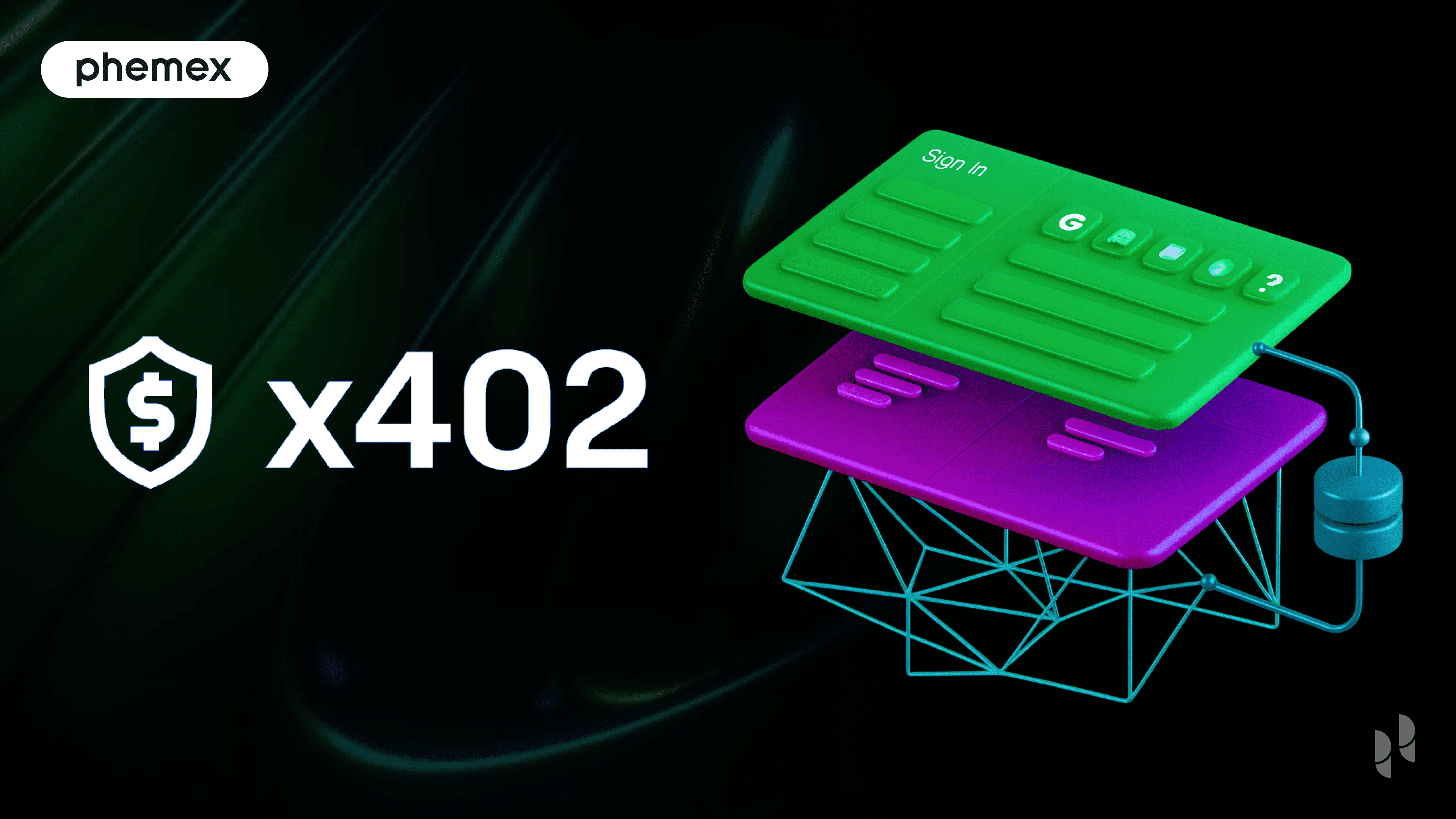What is liquidity?
In the context of cryptocurrency, liquidity describes the facility with which a digital currency can be exchanged for other assets or fiat money, without causing a significant change in its market price. This factor is key in assessing the vitality and stability of a crypto market. A market with high liquidity facilitates smooth and efficient trading, characterized by minimal price variations. This is especially important for investors looking to optimize their investment strategies, as it impacts their ability to capitalize on gains or minimize losses.
In the world of digital currencies, Bitcoin stands out as a prime example of a highly liquid asset. Its liquidity reflects a well-balanced market with equal participation from both buyers and sellers, contributing to its price stability, even during large-scale trades. On the other hand, cryptocurrencies with lower liquidity, particularly those with smaller market caps, tend to experience greater volatility and are more susceptible to market manipulation.
Liquidity in centralized crypto exchanges is gauged by the depth and breadth of the order book and the spread, whereas in decentralized exchanges, it hinges on the assets within their liquidity pools. For assets traded across multiple platforms, their overall liquidity is the sum total of liquidity in each of these markets.
Ultimately, liquidity is a measure of how effortlessly assets can be traded within a market or financial institution. It plays a crucial role in sustaining a dynamic and competitive environment in the cryptocurrency sector. Understanding and monitoring liquidity is therefore essential for astute investors to navigate the crypto market effectively, ensuring informed decisions that align with the ever-evolving demand and supply dynamics.
Why is liquidity important to us?
Liquidity holds paramount importance in the realm of cryptocurrency trading for numerous reasons. Primarily, it contributes to the stability of the market, enabling traders to execute transactions at prices that are closely aligned with the market rate, thereby minimizing the risk of substantial price deviations or slippage. Markets with high liquidity are characterized by an ample presence of both buyers and sellers, leading to reduced price volatility. This robustness is particularly vital in preventing manipulation in the prices of established cryptocurrencies such as Bitcoin and Ethereum.
Conversely, cryptocurrencies with lower market capitalization or lesser popularity may suffer from low liquidity, posing challenges in asset liquidation and potentially resulting in trades at prices lower than anticipated. On decentralized exchanges, assessing liquidity pools becomes a critical step for traders to control slippage. In the same vein, centralized exchanges that boast high liquidity can efficiently process withdrawal requests, whereas those lacking in liquidity may experience delays.
Moreover, liquidity is a cornerstone for the effective operation of decentralized finance (DeFi) platforms, which depend on it for smooth functioning. To optimize liquidity levels, DeFi often employs dynamic interest rates. This liquidity not only facilitates operational efficiency but also enhances market analysis by providing insights into trading patterns and market dynamics.
Advancements in the liquidity of cryptocurrencies, particularly in the development of standardized futures markets for Bitcoin and Ethereum, have opened up avenues for more intricate trading strategies. These futures markets allow for the trading of contracts based on future prices, offering traders the option to take positions without directly holding the asset. This mechanism further bolsters the overall liquidity in the crypto market, as market makers balance their risks by actively trading the actual cryptocurrencies.
Factors that influences liquidity
Liquidity in the cryptocurrency market, a key factor for smooth trading and stable prices, is affected by a variety of elements. Market exposure is significant; popular cryptocurrencies such as Bitcoin and Ethereum typically benefit from high liquidity due to active trading. An example of this is Tesla's sale of part of its Bitcoin holdings in 2021, demonstrating Bitcoin's significant liquidity. Regular and active trading helps maintain liquidity, even in volatile market conditions.
The current market conditions also influence liquidity. An imbalance in buy and sell orders, particularly during times of market instability, can cause fluctuations in liquidity. For example, in decentralized exchanges, liquidity providers may withdraw assets from pools during turbulent periods, while centralized exchanges might experience order cancellations, leading to considerable slippage.
Settlement time is another critical factor affecting liquidity. Longer settlement times in financial institutions could indicate potential liquidity issues, as they require more time to gather funds to meet withdrawal requests.
The bid-ask spread is a direct indicator of liquidity; a narrower spread indicates higher liquidity, showing a closer match between the highest buying price and the lowest selling price.
Trading volume also reflects liquidity levels. Higher volumes indicate a more active trading environment, suggesting better liquidity. In contrast, lower trading volumes can mean lesser liquidity.
The overall market size, including the total market capitalization of assets like Bitcoin, also plays a role in liquidity, especially when compared to larger financial markets.
The role and reliability of exchanges are crucial. More reputable and secure exchanges tend to attract more traders, thus enhancing liquidity.
Acceptance and awareness significantly contribute to liquidity. The more widely crypto is accepted as a payment method and the more people are aware of it, the more liquidity is likely to improve. However, negative perceptions and regulatory uncertainties can have a detrimental impact.
The availability of cryptocurrency ATMs and the integration with payment cards are important in facilitating transactions, thereby increasing liquidity.
Regulations can both positively and negatively impact liquidity. Supportive regulatory environments can boost crypto trading and liquidity, while restrictive regulations can reduce it.
Lastly, the acceptance rate of a cryptocurrency and its listing on multiple exchanges are crucial for improving liquidity. The more a cryptocurrency is used in transactions and the more exchanges it is listed on, the higher its liquidity is likely to be.
What is a liquidity pool? How does it impact?
Liquidity pools are essential elements in the mechanics of Automated Market Makers (AMMs), especially within decentralized exchanges (DEXs). These pools, set up as smart contracts, hold pairs of assets and empower AMMs to process trade orders. Acting as a storage for crypto assets on a DEX, they allow for the exchange of one asset for another, with the AMM adjusting the values based on supply and demand.
The size of a liquidity pool directly impacts its effectiveness. A pool with inadequate liquidity can experience significant changes in the ratio of assets with each transaction, leading to high slippage due to its inability to handle large trades without affecting prices notably.
In decentralized finance (DeFi), liquidity pools are fundamental in ensuring consistent liquidity flow in DEXs. They motivate users to deposit crypto assets by offering a portion of transaction fees as rewards, often in the form of Annual Percentage Yield (APY). This incentivization scheme attracts investors to bolster the liquidity pools, which in turn increases their ability to facilitate trading activities. This enhanced capacity helps in minimizing slippage risks and contributes to the overall functionality and robustness of the decentralized exchange environment.
Evaluating Liquidity in Bitcoin and Cryptocurrencies
Analyzing the liquidity of Bitcoin and other cryptocurrencies involves closely observing their trading volume and price fluctuations. A consistent pattern of high or increasing trading volumes typically signifies strong liquidity in the crypto market. In the cryptocurrency realm, liquidity essentially measures how swiftly and effortlessly crypto assets can be exchanged for cash.
For those providing liquidity in the crypto market, optimal liquidity is marked by competitive spreads, low commissions, and minimal swap rates, which are crucial for preserving the value in trading transactions. On crypto exchanges, the hallmark of good liquidity is the ability to quickly convert cryptocurrency holdings into cash.
The liquidity level of a cryptocurrency is primarily gauged by its trading volume. A higher trading volume is indicative of better liquidity, smoothing the process for fast and efficient transactions. On the flip side, a lower trading volume might suggest weaker liquidity, potentially complicating the execution of rapid trades. This interplay between a cryptocurrency's trade volume and its liquidity is a critical factor in assessing the market's dynamics and the operational efficiency of a cryptocurrency.
Read More
- Liquidity: What is Liquidity in Crypto Markets?
- What is a Liquidity Pool: Achieving Efficient Asset Trading
- What is a Liquidity Provider & How does it Work?
- How to Measure Liquidity and Use It to Make Trading Decisions?
- What is Cryptocurrency & How does it Work?
- What is a Liquidity Bootstrapping Pool (LBP): Protecting Investors from Whales and Bots
- Yield Farming vs. Staking vs. Liquidity Mining: All You Need to Know
- What Is Crypto Trading Volume: How It Affects Price








